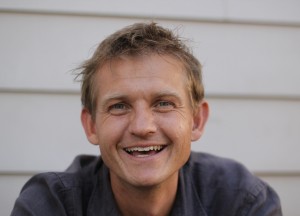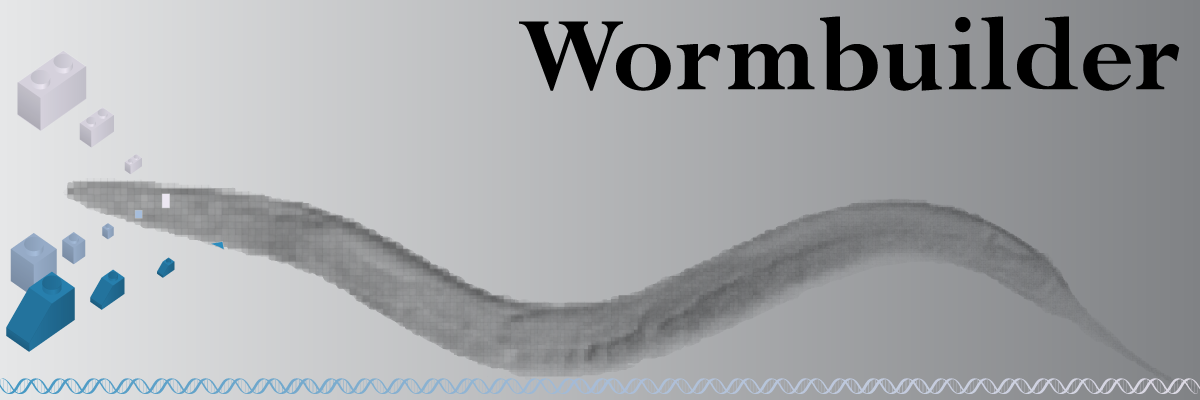 This web page is maintained by Christian Frøkjær-Jensen. I am currently a visiting lecturer in Andrew Fire‘s lab at Stanford but the majority of the reagents were developed as a post-doctoral fellow in Erik Jorgensen‘s laboratory at the University of Utah/HHMI in collaboration with Søren Peter Olesen‘s laboratory at University of Copenhagen.
This web page is maintained by Christian Frøkjær-Jensen. I am currently a visiting lecturer in Andrew Fire‘s lab at Stanford but the majority of the reagents were developed as a post-doctoral fellow in Erik Jorgensen‘s laboratory at the University of Utah/HHMI in collaboration with Søren Peter Olesen‘s laboratory at University of Copenhagen.
The web page describes methods that I have developed in collaboration with others in the Jorgensen lab to engineer the genome of the genetic model organism C. elegans. The aim is to facilitate the use of the techniques by maintaining updated protocols, links to reagents and resources as well as sharing information on common problems.
C. elegans has contributed to the identification of many biological pathways (e.g. programmed cell death, RNA interference, microRNAs, and aging) that are conserved from simple organisms to humans. There is a lively research community that uses C. elegans to study a wide variety of biological questions. For many C. elegans researchers, an important part of experiments is to inactivate specific genes or to re-introduce modified genes into the organism. For example, the modified gene may carry a mutation observed in disease to test if that mutation causes the disease.
C. elegans has appealing advantages that can bridge qualitative approaches used to describe complex neural networks and tissues from multi-cellular organisms, and more quantitative approaches used in unicellular organisms: cell differentiation is deterministic, wiring of the small nervous system is invariant, and automated imaging allows simultaneous cell identification and fluorescence quantification. So in the spirit of synthetic biology, I am particularly interested in developing methods to facilitate reproducible genetic engineering of C. elegans from standard parts. This includes developing and improving methods to manipulate the genome, improve expression of transgenes such as fluorophores and optogenetic effector proteins, and approaches to individually manipulate each cell in the small nervous system containing 302 cells.
The scientific goals of my research projects are two-fold:
(1) How do cells distinguish and regulate expression of endogenous genes and at the same time silence foreign DNA such as virus or transposons? How is this regulation achieved and restricted to discrete genomic locations to ensure reproducible and invariable development of the nervous system?
(2) How does a simple nervous system process information? And how does the system respond to rewiring and perturbations of the system?
Download recent Curriculum Vitae
